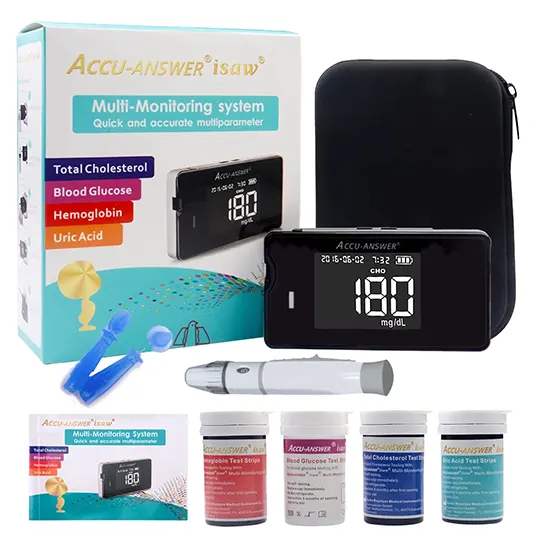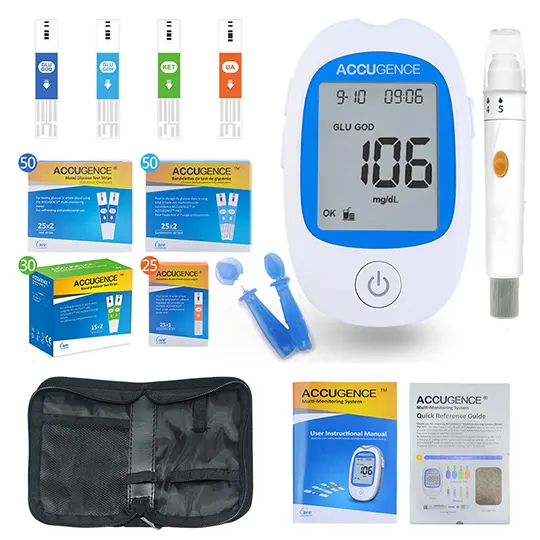sumatriptan (Imitrex, Imitrex Statdose, Sumavel DosePro, Alsuma, Zembrace SymTouch)
Classes: Serotonin 5-HT-Receptor Agonists; Antimigraine Agents
Dosing and uses of Imitrex, Sumavel DosePro (sumatriptan)
Adult dosage forms and strengths
tablet
- 25mg
- 50mg
- 100mg
injectable SC solution
- 6mg/0.5mL vial (Imitrex)
prefilled SC syringe/cartridge
- 3mg/0.5mL autoinjector (Zembrace SymTouch)
- 4mg/0.5mL (Imitrex StatDosePen)
- 6mg/0.5mL (Imitrex StatDosePen; Sumavel DosePro; Alsuma Autoinjector)
Migraine Headache
Tablet
- 25 mg, 50 mg, or 100 mg PO (taken with fluids)
- Not to exceed 100 mg/dose; additional doses q2hr PRN
- Recommended maximum dose: 200 mg/day
- See also combo with naproxen
Injection
- 6 mg (0.5 mL) SC with autoinjector; may repeat in ≥1 hr
- Not to exceed 12 mg SC q24hr
- Dose may be reduced to 1-5 mg under certain circumstances; eg, adverse reactions
Cluster Headache
6 mg (0.5 mL) SC with autoinjector; may repeat in ≥1 hour
Not to exceed 12 mg SC q24hr
Dosing considerations
- Dose may be reduced under certain circumstances; eg, adverse reactions
Dosage modifications
Mild to moderate hepatic impairment: Oral not to exceed 50 mg/dose; no dosage adjustments necessary if administered SC (use with caution)
Severe hepatic impairment: Contraindicated
Pediatric dosage forms and strengths
<18 years: Safety and efficacy not established
Geriatric dosage forms and strengths
Use not recommended (higher incidence of adverse effects)
Imitrex, Sumavel DosePro (sumatriptan) adverse (side) effects
>10%
Injection site reaction (≤86%)
Paresthesia (5-14%)
Dizziness (12%)
Warm/hot sensation (11%)
1-10%
Chest discomfort/pressure/tightness (2-5%)
Jaw or neck tightness (1-5%)
Diaphoresis (2%)
Burning sensation (7%)
Cold sensation (1%)
Dysphagia
Sore throat (3%)
Malaise (1%)
Abdominal distress (1%)
Frequency not defined
Agitation
Cardiac arrhythmia: V-fib/V-tach (rare)
Dysuria
Eye irritation
Flushing
MI and coronary artery vasospasm in patients with CAD risk factors (extremely rare)
Nasal discomfort
Palpitations
Tingling
Weakness
Warnings
Contraindications
Current/history of ischemic cardiac, cerebrovascular, or peripheral vascular syndromes (angina, MI, stroke, TIA, ischemic bowel disease)
History of stroke, transient ischemic attack, or hemiplegic or basilar migraine
History of coronary artery disease or coronary artery vasospasm
Wolff-Parkinson-White syndrome or other cardiac accessory conduction pathway disorders
Uncontrolled hypertension
DO NOT use IV
Within 2 weeks of MAO-A inhibitors
Within 24 hours of another 5-HT1 receptor agonist or ergot-type medications
Severe hepatic impairment
Hypersensitivity
Uncontrolled hypertension
Cautions
Use when clear diagnosis of migraine established
Equally effective at any stage of migraine, although early use recommended
Overuse of acute migraine drugs (eg, ergotamine, triptans, opioids, or combination of these drugs for ≥10 days/month) may lead to exacerbation of headache (medication overuse headache); detoxification may be necessary
Binds to melanin, may cause toxicity to melanin-rich tissues on prolonged use
Very rare reports of transient and permanent blindness and significant partial vision loss
Serotonin syndrome may occur, particularly during combined use with SSRIs (eg, fluoxetine, paroxetine, sertraline, fluvoxamine, citalopram, escitalopram) or SNRIs (eg, venlafaxine, duloxetine); discontinue therapy if it occurs
Cerebral/subarachnoid hemorrhage and stroke reported with 5-HT1 agonist administration; discontinue if it occurs
Significant elevation of blood pressure, including hypertensive crisis, reported
Not for administration to patients with risk factors for coronary artery disease
Use caution in patients with history of seizure disorder or lowered seizure threshold
May cause depression including dizziness, weakness, or drowsiness (infrequent); caution when operating heavy machinery
Coronary artery vasospasm, transient ischemia, ventricular tachycardia/fibrillation, myocardial infarction, cardiac arrest and death reported with use 5HT1 agonists; perform cardiac evaluation in patients with multiple cardiovascular risk factors; evaluate for coronary artery disease in patients at high risk; discontinue therapy if arrhythmia occurs
Use oral formulations with caution in patients with mild-to-moderate hepatic impairment if treatment necessary and advisable; presystemic clearance, when administered orally, is reduced in hepatic impairment and cause an increase in plasma concentrations; dose reduction recommended; when adminsitered parenterally (SC, intranasal), does not undergo first pass metabolism and may not cause increase in plasma concentrations
Pregnancy and lactation
Pregnancy category: C
Embryolethality and blood vessel abnormalities observed with PO or IV doses in pregnant rabbits during organogenesis
Lactation: Excreted in breast milk at very low levels (NLM TOXNET); minimize infant to potential exposure by avoiding breastfeeding for 8-12 hours after administration
Pregnancy categories
A: Generally acceptable. Controlled studies in pregnant women show no evidence of fetal risk.
B: May be acceptable. Either animal studies show no risk but human studies not available or animal studies showed minor risks and human studies done and showed no risk.
C: Use with caution if benefits outweigh risks. Animal studies show risk and human studies not available or neither animal nor human studies done.
D: Use in LIFE-THREATENING emergencies when no safer drug available. Positive evidence of human fetal risk.
X: Do not use in pregnancy. Risks involved outweigh potential benefits. Safer alternatives exist.
NA: Information not available.
Pharmacology of Imitrex, Sumavel DosePro (sumatriptan)
Mechanism of action
Selective 5-HT1B and 5-HT1D receptor agonist in cranial arteries; elicits vasoconstrictive and anti-inflammatory effects; associated with antidromic neuronal transmission and relief of migraine headache
Absorption
Bioavailability: 15% (PO); 97% (SC)
Onset: 10 min (SC); 30 min (PO)
Duration: 9-24 hr (SC)
Peak plasma time: 0.5-3 hr (PO); 5-20 minutes (SC)
Peak plasma concentration: 18-51 ng/mL (PO); 55-108 ng/mL (SC, 6 mg dose)
Distribution
Protein bound: 14-21%
Vd: 2.4 L/kg
Metabolism
Metabolized via hepatic MAO-A isoenzyme
Elimination
Half-life: 2-2.5 hr (PO); 115 min (IV)
Renal clearance: 264 mL/min
Total body clearance: 1176-1200 mL/min
Excretion: Urine (60%); feces (40%)



